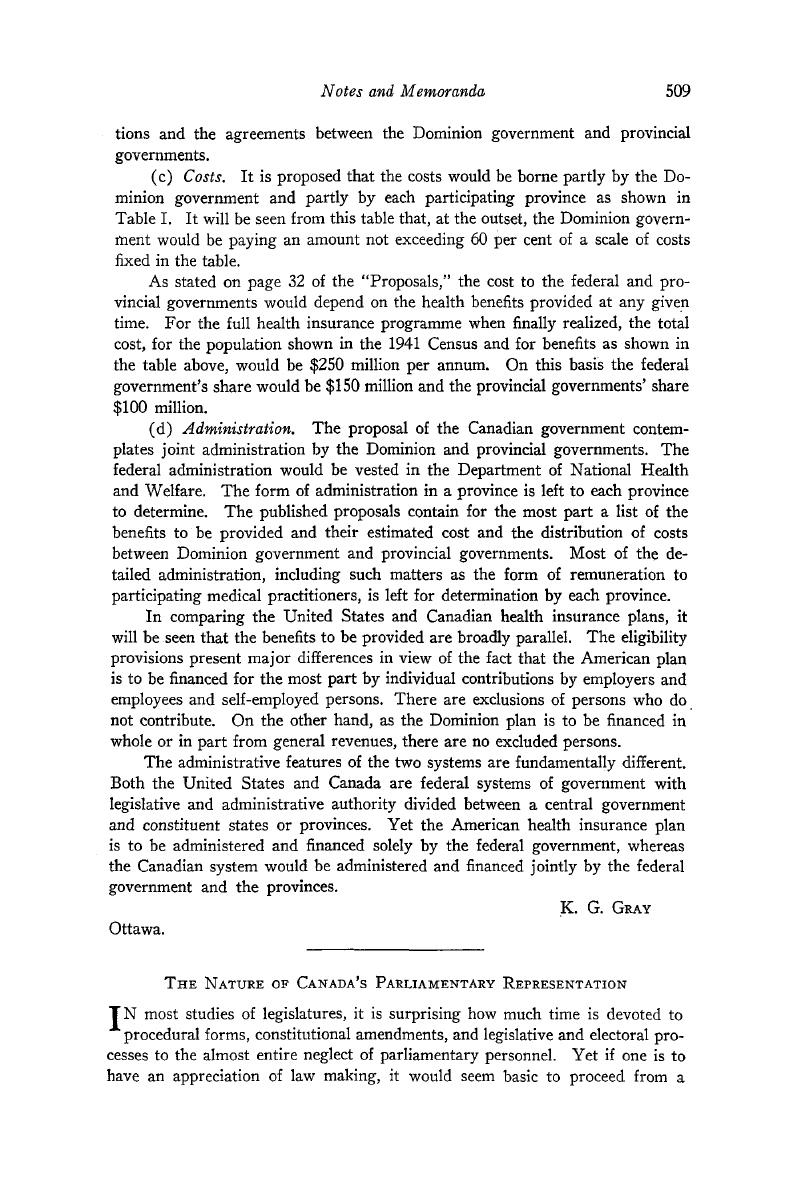No CrossRef data available.
Article contents
The Nature of Canada's Parliamentary Representation
Published online by Cambridge University Press: 07 November 2014
Abstract

- Type
- Notes and Memoranda
- Information
- Canadian Journal of Economics and Political Science/Revue canadienne de economiques et science politique , Volume 12 , Issue 4 , November 1946 , pp. 509 - 516
- Copyright
- Copyright © Canadian Political Science Association 1946
References
1 Edited by G. Pierre Normandin, Ottawa, 1946. Since this volume went to the press early in 1946, the data in this study is applicable to the Parliament as it existed at the close of 1945.
2 Ottawa, 1946.
3 Laing, Lionel H., “The Pattern of Canadian Politics: The Elections of 1945” (American Political Science Review, vol. XL, no. 4, 08, 1946, pp. 760 ff.).CrossRefGoogle Scholar
4 Based upon 238 members whose ages were reported. For consistency, comparisons and percentages will be based upon the number reported in each classification.
5 Ross, J. F. S., Parliamentary Representation (New Haven, 1944), p. 32.Google Scholar
6 The subtraction is necessitated because the Canadian election took place in 1945. A better comparison would be with the 1945 British election if a comparable study were available. It would probably show a lower average in Great Britain.
7 Ross, , Parliamentary Representation, p. 35.Google Scholar
8 According to figures furnished by the Dominion Bureau of Statistics.
9 The British average is nearer 30 per cent. Ross, , Parliamentary Representation, p. 37.Google Scholar
10 Cf. also Cross, Austin F. “Legal Lights in Lead in Legislature” (Ottawa Evening Citizen, 07 13, 1946, p. 1).Google Scholar
11 This is somewhat higher than in the British House of Commons. See Ross, , Parliamentary Representation, p. 52.Google Scholar
12 A few members express no religious preferences as will be seen from the aggregate total which is 231.




